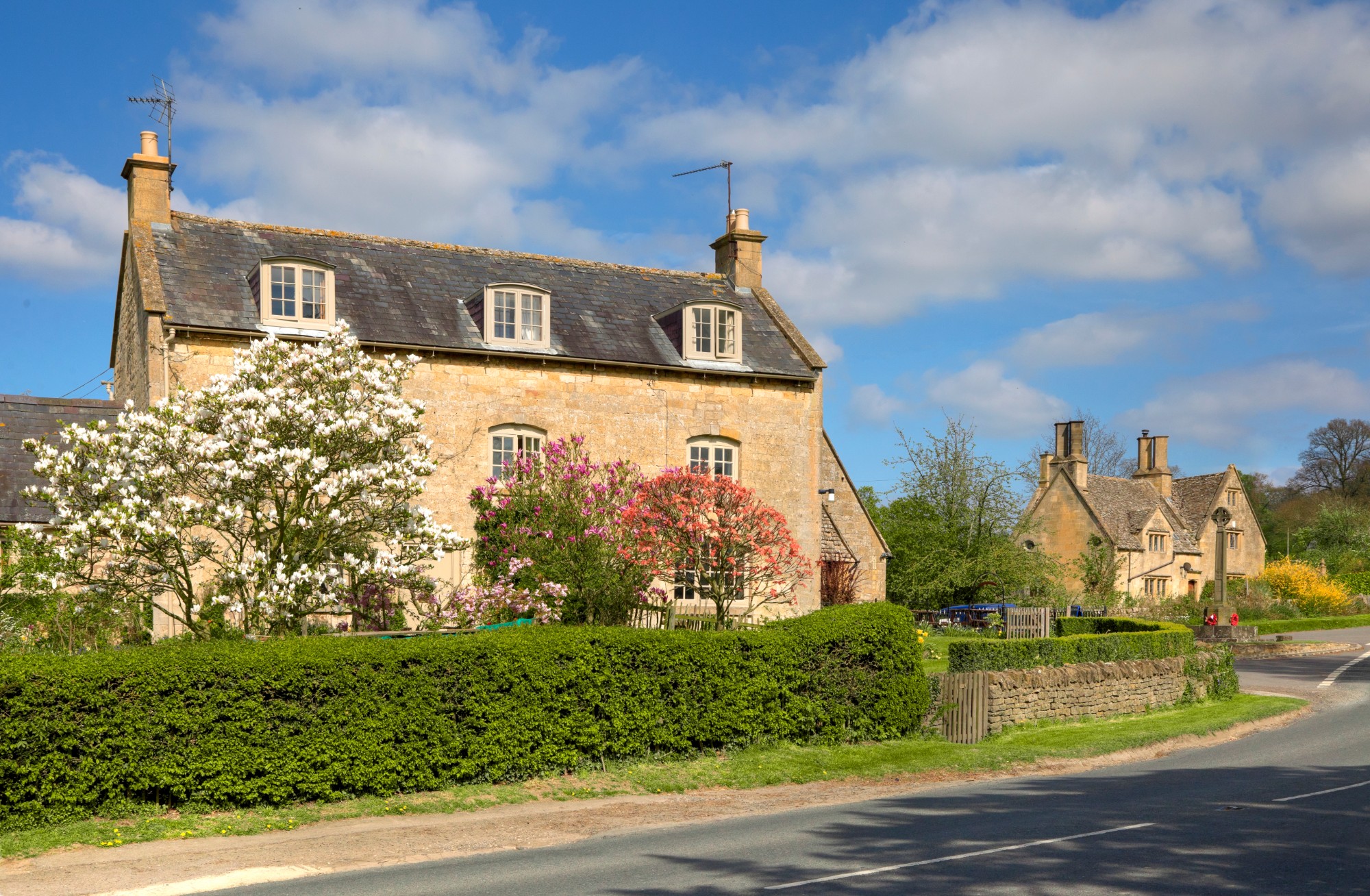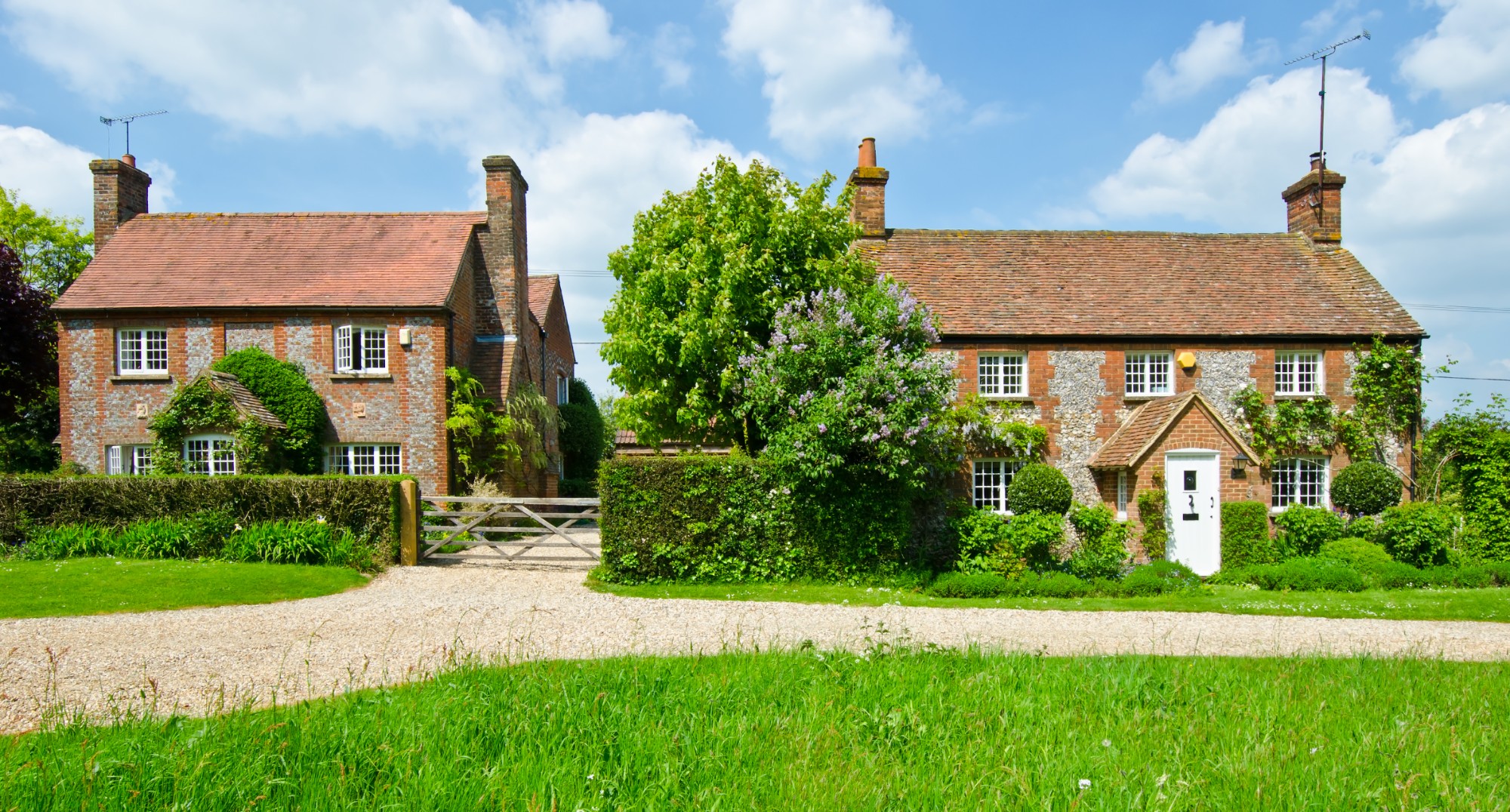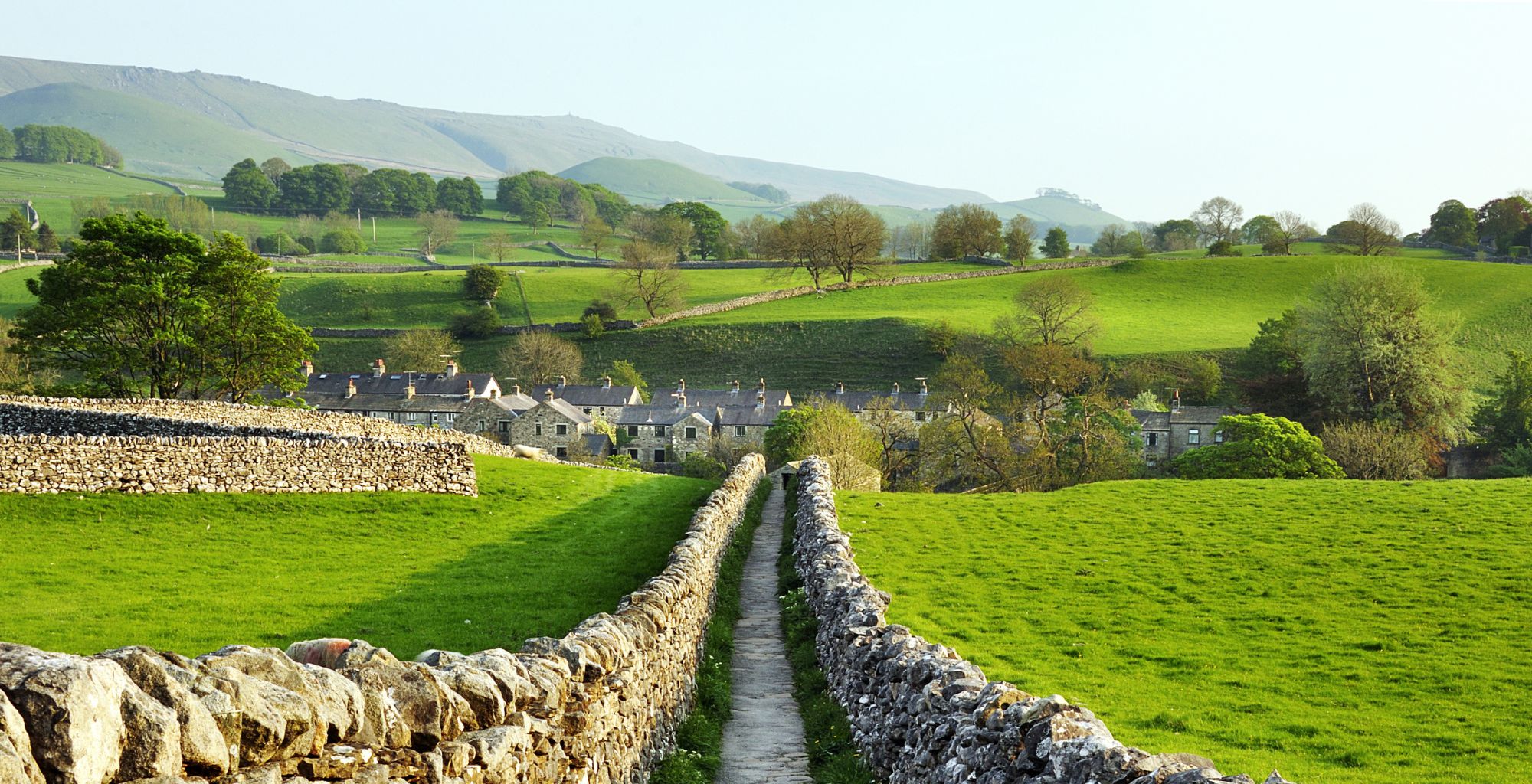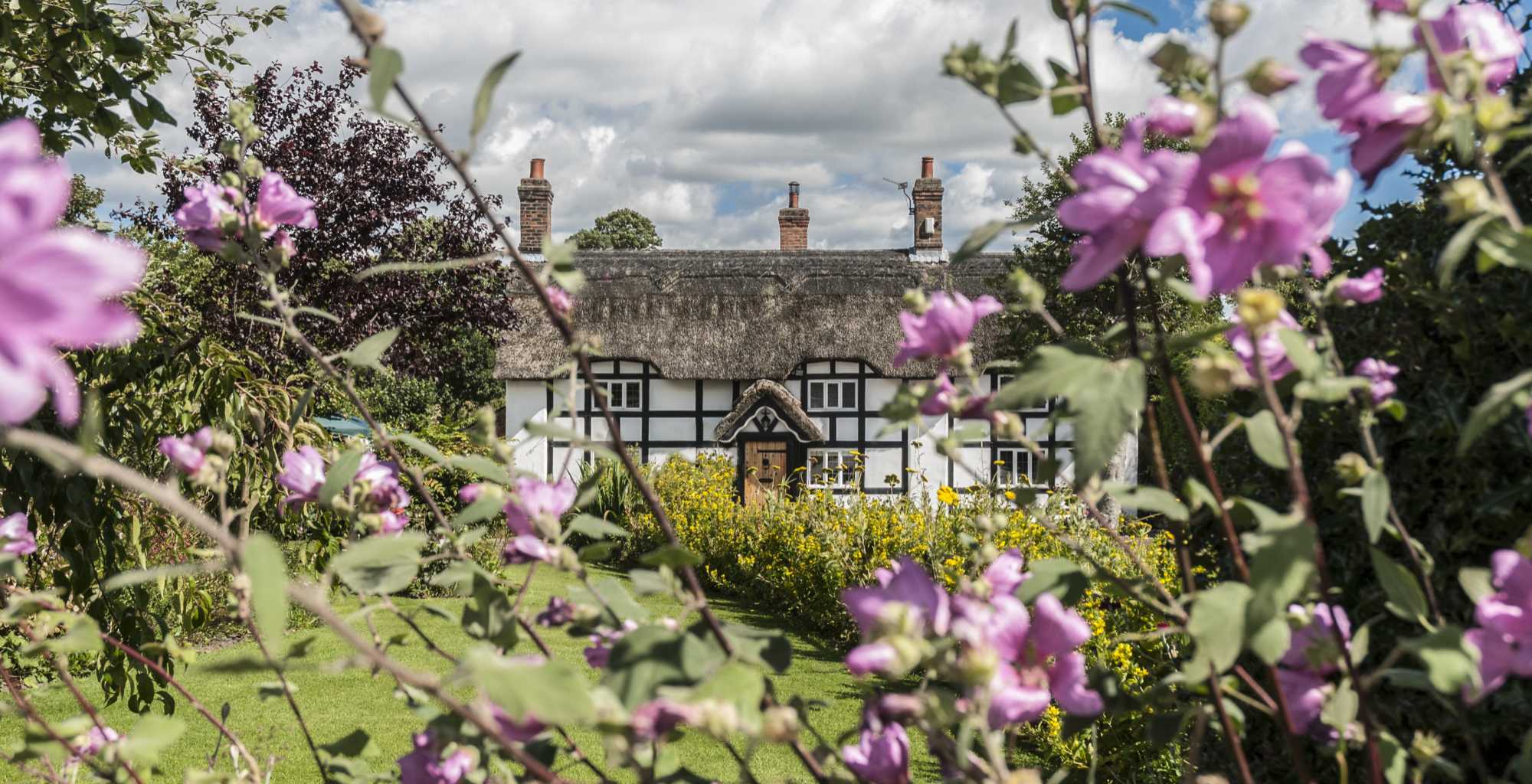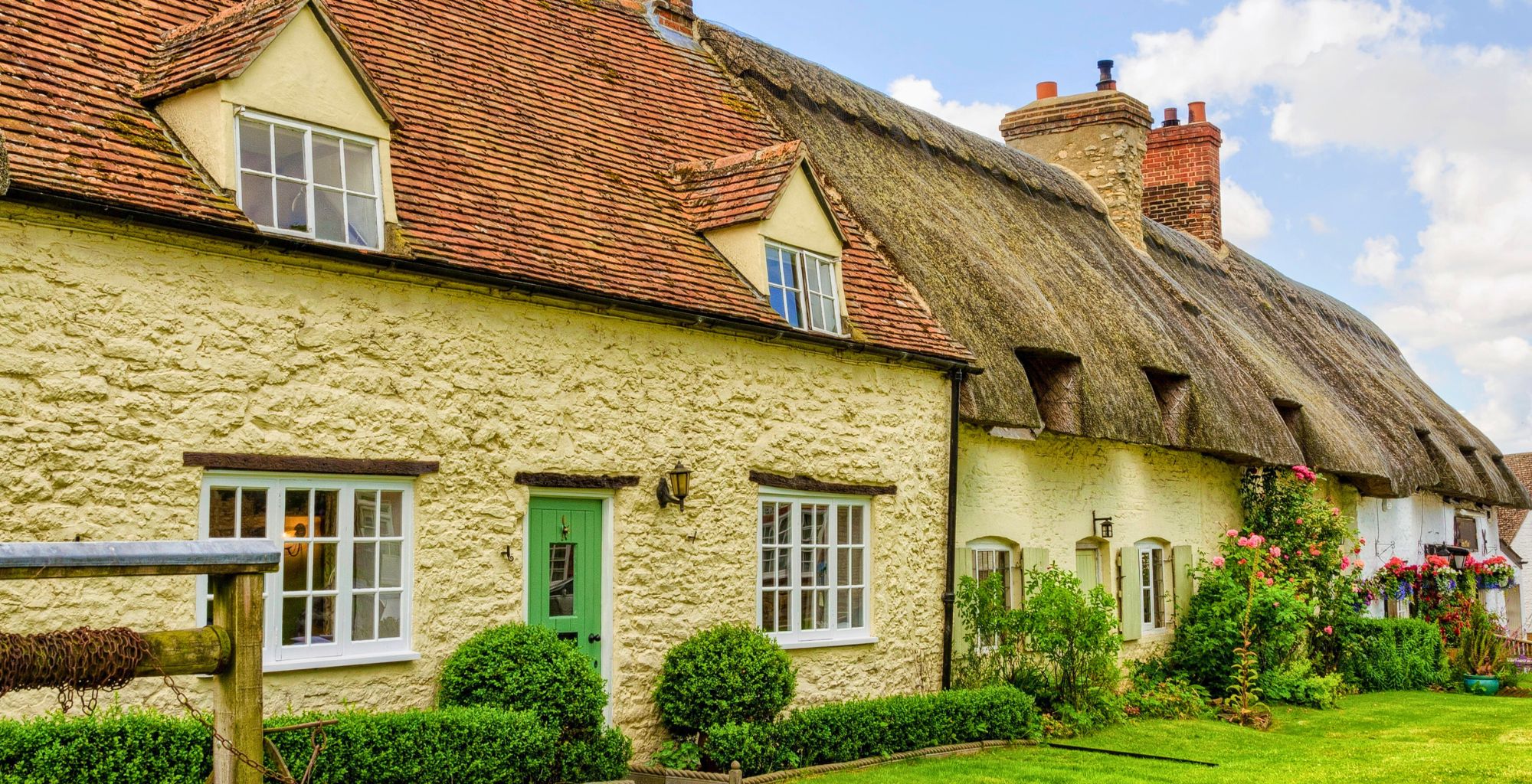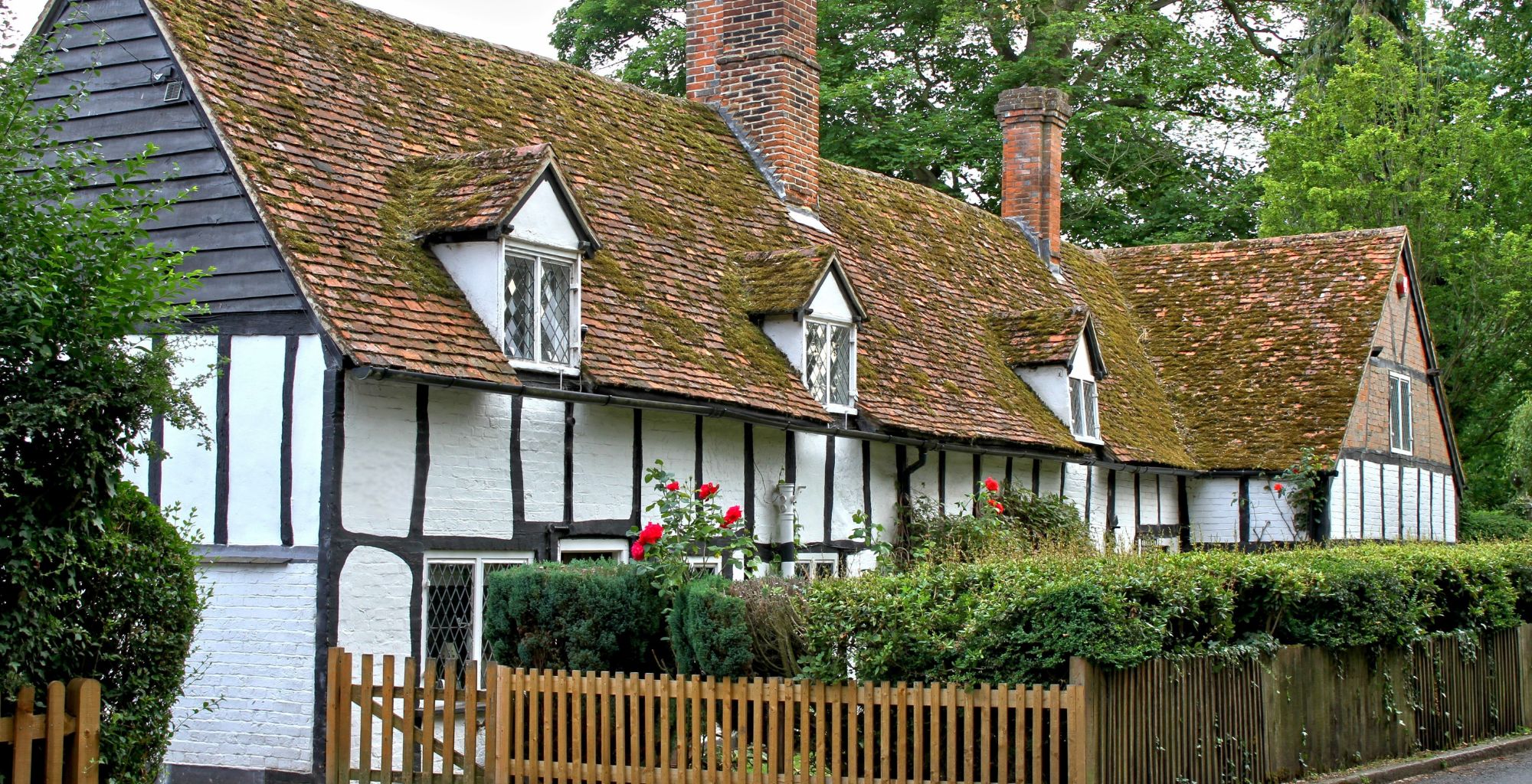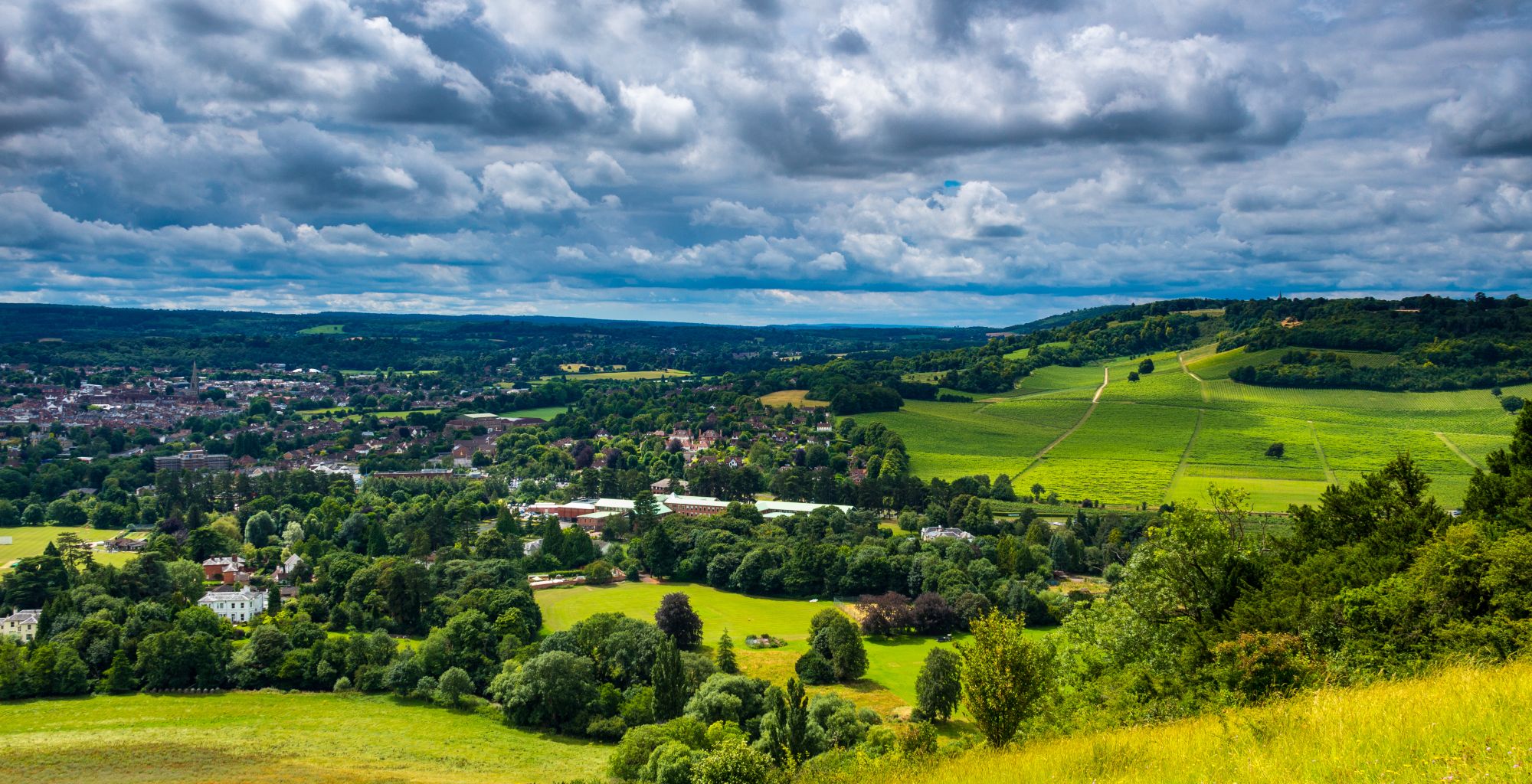Are you considering a move to the North West and want to know where the best places to live...
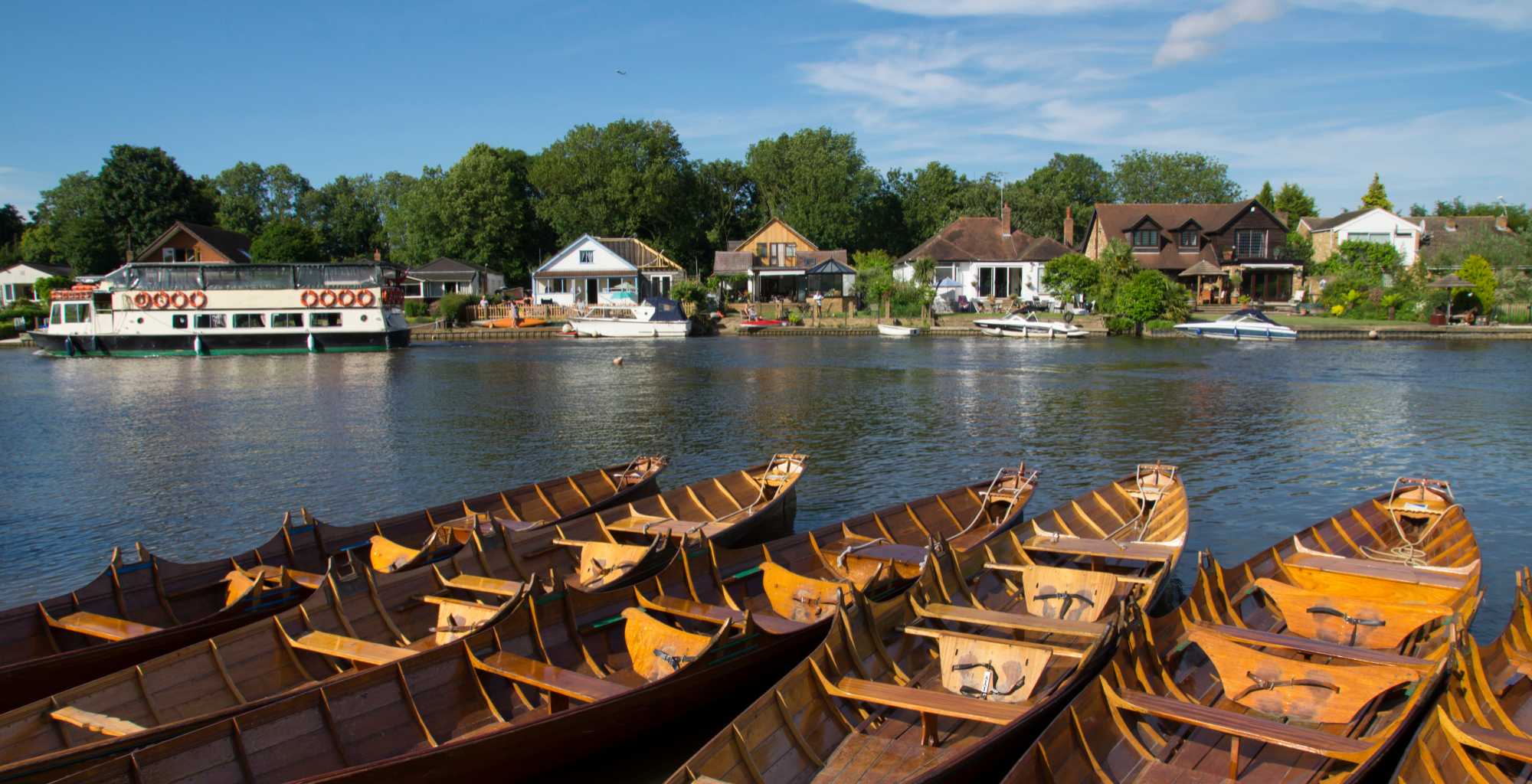
Best places to live in Berkshire
Berkshire offers a blend of stunning countryside, picturesque villages, and vibrant towns, but where are the best places to live in Berkshire?
Berkshire is an appealing destination for those seeking a high quality of life. With excellent shopping, a leading university, strong transport connections to London, and two major airports within easy reach, it is no surprise that the county remains a desirable location for homebuyers.
Here we explore some of the best places to live in Berkshire.
Twyford
Twyford is a well-connected village in the Thames Valley, south of Henley-on-Thames. It is within easy reach of Reading, Maidenhead, and London.
The area is considered one of the best places to live in Berkshire, particularly for families, with several highly regarded schools nearby. These include The Colleton Primary School, Piggott C of E School and Waingels College. The respected independent Reading Blue Coat School is also nearby in Sonning.
With a strong sense of community, Twyford provides an appealing village atmosphere while offering excellent local amenities.
The area benefits from an abundance of green spaces, including King George’s Field and Stanlake Meadow. Further outdoor pursuits can be enjoyed at Loddon Nature Reserve, Dinton Pastures Country Park, and Charvil Country Park.
The village is located less than 10 miles east of Reading and just north of the M4 motorway, providing road connections to London, Bristol, and South Wales. For commuters, Twyford railway station offers direct services to London Paddington in around 30 minutes, making it a practical choice for those working in the capital.
Caversham
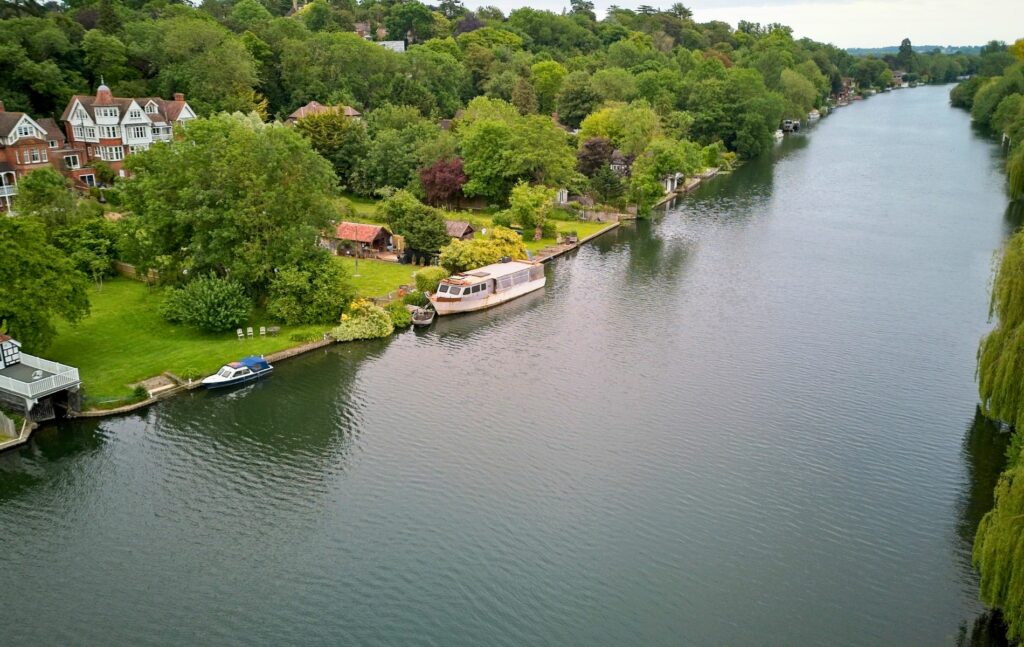
Located just across the River Thames from Reading, Caversham is a sought-after residential area.
Known for its riverside walks and green spaces, the area combines both a peaceful environment and proximity to Reading’s bustling town centre. Caversham has a thriving high street with independent shops, cafes, and restaurants.
Families benefit from excellent educational facilities. Primary schools such as The Heights Primary School and Caversham Primary School receive strong reviews. For secondary education, Kendrick School and Maiden Erlegh School in Reading offer highly regarded options. Additionally, Queen Anne’s School provides an independent boarding and day school for girls.
Caversham’s proximity to Reading railway station means residents have access to high-speed services to London Paddington in under 30 minutes as well as connections to other major UK cities. Additionally, road links via the M4 motorway allow easy travel to London and the South West.
Cookham
Cookham is another location that is well worth considering. This charming riverside village nestled along the Thames is often regarded as one of the most picturesque locations in Berkshire. It has a strong sense of community, with a bustling high street featuring independent shops, traditional pubs, and artisan cafes.
The area is home to well-rated schools such as Holy Trinity Church of England Primary School.
It is also within easy reach of the excellent Sir William Borlase’s Grammar School in nearby Marlow. St Piran’s, an independent preparatory school, is also a popular choice for families.
Cookham benefits from easy access to both the M4 and M40 motorways. The railway station offers direct services to London Paddington in around an hour with faster services available.
Its riverside setting, strong local community, and access to open countryside make Cookham one of the best places to live in Berkshire for those seeking a balance of village life and connectivity.
Reading
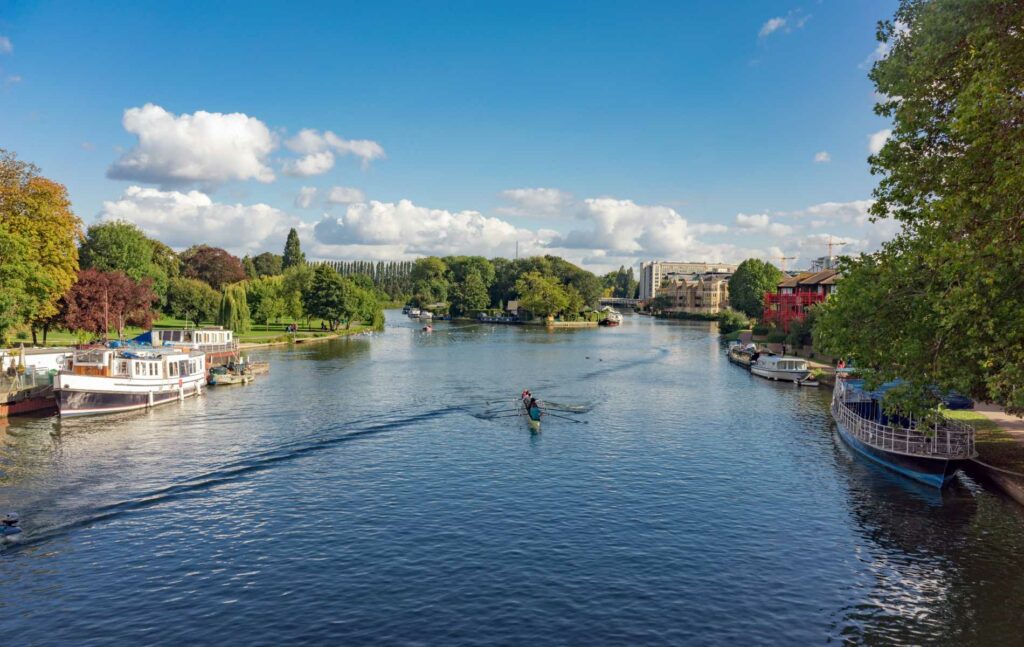
As Berkshire’s largest town, Reading offers an exciting mix of both city convenience and riverside living. It is a thriving commercial hub, with a strong presence of technology and finance companies, alongside a vibrant cultural and dining scene.
The town is well served by excellent schools, including Reading School and Kendrick School, both of which rank among the top grammar schools in the country. The University of Reading is also a major draw for students and professionals alike.
Reading benefits from one of the best transport networks in the region.
It is a major hub for the new Elizabeth Line, providing seamless access to central London, while fast train services reach Paddington in around 25 minutes.
Sunningdale & Ascot
Sunningdale and Ascot are among the most prestigious locations in Berkshire. They offer a blend of luxury living, excellent schools, and proximity to open countryside. Both areas are well known for their connections to equestrian sports, with Ascot Racecourse hosting world-famous horse racing events.
The area is one of the best places to live in Berkshire for its outstanding education options, with Charters School in Sunningdale highly rated among state schools, while independent schools such as Papplewick and LVS Ascot are also sought after.
Both Sunningdale and Ascot railway stations provide direct services to London Waterloo in around an hour. The M3 and M4 motorways offer convenient road access and Heathrow Airport is just a short drive away.
With a range of luxury properties, proximity to Windsor Great Park, and an active social scene, Sunningdale and Ascot are ideal for those seeking an upscale lifestyle within easy reach of London.
Windsor
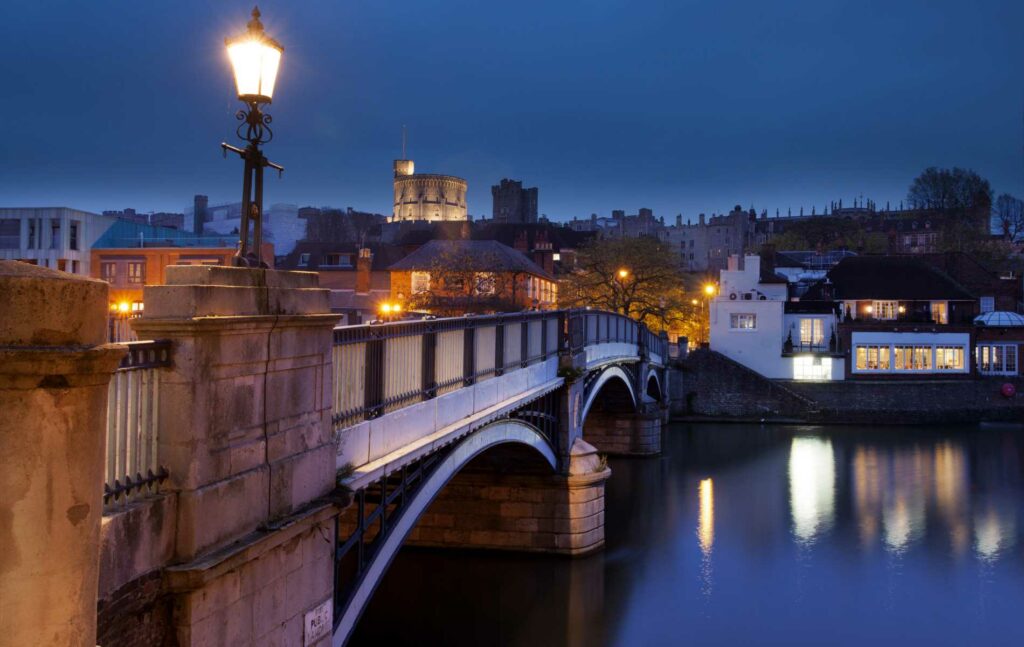
A historic town known for its royal connections, Windsor offers a mix of character, prestige, and modern convenience. Home to Windsor Castle, one of the official residences of the Royal Family, the town is a major tourist destination but also a desirable place to live, with a vibrant atmosphere and a range of amenities.
Windsor has an excellent selection of schools, including Windsor Girls’ School and well-known independent institutions such as Eton College, one of the UK’s most prestigious schools, which is located nearby.
Beyond its royal connections, Windsor has a thriving town centre with upmarket shops, restaurants, and cultural attractions.
Residents benefit from easy access to green spaces, including Windsor Great Park, making it an appealing place to call home.
Windsor is well connected to the M4 motorway, providing access to London, Heathrow Airport (just 11 miles away), and destinations further west. Train services from Windsor & Eton Central offer direct connections to London Paddington and Waterloo in around an hour.
Old Windsor and Wraysbury
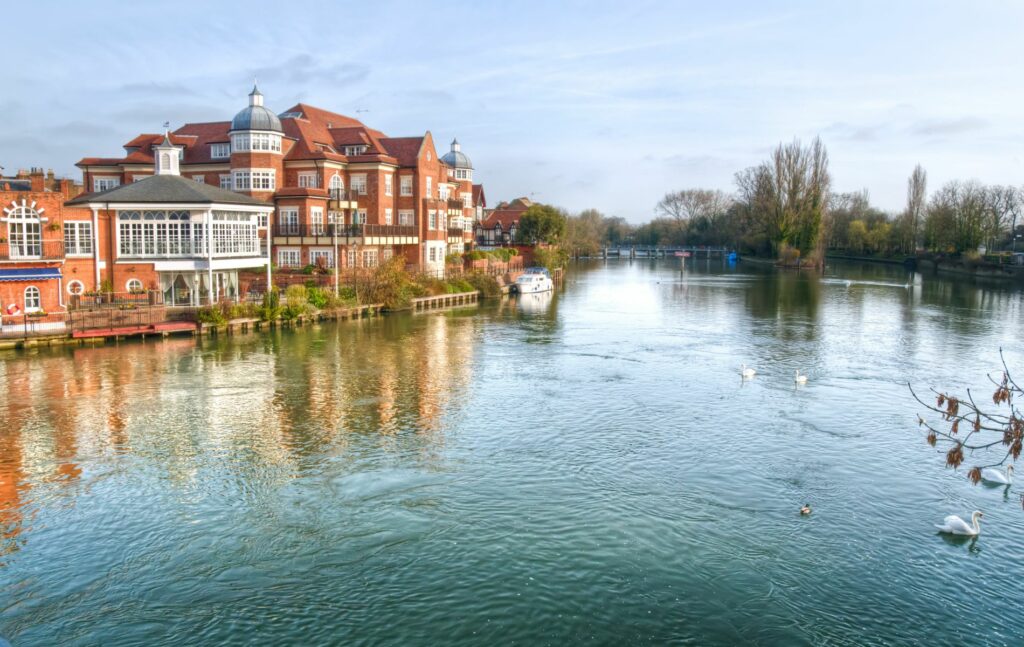
Old Windsor and Wraysbury offer a charming village setting with excellent proximity to London. Situated near the River Thames, the area appeals to those seeking a scenic yet well-connected place to live.
Schools in the area include Kings Court First School and St Peter’s Church of England Middle School, while nearby Windsor provides access to top-tier independent options such as Eton College.
Wraysbury railway station offers direct services to London Waterloo in under an hour. The M25 and M4 motorways are also easily accessible, making commuting straightforward.
The abundance of riverside walks and countryside spaces adds to the appeal of these picturesque locations, making the area among the best places to live in Berkshire.
Crowthorne
Crowthorne is a desirable village known for its excellent schools, including the prestigious Wellington College and Edgbarrow School. This makes it a popular choice for families looking for high-quality education options.
The village offers a strong community feel, with independent shops, cafes, and access to scenic areas such as Swinley Forest. It is well-connected by road, with the M3 and M4 motorways nearby.
Crowthorne railway station offers services to Reading and Gatwick Airport, making it convenient for both commuters and frequent travellers. With its excellent schools and green surroundings, Crowthorne provides a desirable option for homebuyers.
Shinfield
Shinfield is a growing village located just south of Reading, offering modern developments alongside traditional village charm. The area has increasingly become one of the best places to live in Berkshire due to its strong transport connections and excellent amenities.
Schools in Shinfield include Shinfield St Mary’s C of E Junior School and Oakbank School. The University of Reading’s Whiteknights campus is also close by, enhancing the area’s educational appeal.
Shinfield is well positioned near the M4 motorway. The expansion of the Shinfield Studios film production complex has also increased its desirability, bringing new business and employment opportunities.
Hungerford
Hungerford is a delightful market town situated within the North Wessex Downs Area of Outstanding Natural Beauty. It offers a peaceful, rural lifestyle with its historic architecture, array of shops, eateries, traditional pubs, and regular farmers’ markets.
The town has a selection of highly rated primary schools and is within the catchment area for John O’Gaunt School. Independent options include Marlborough College, just a short drive away.
Hungerford railway station provides direct services to London Paddington in just over an hour. The M4 motorway is also easily accessible.
Hungerford is an excellent choice for those who appreciate a slower pace of life while maintaining access to key transport routes.
Wokingham
Wokingham is a thriving market town offering excellent schools, a vibrant town centre, and a strong sense of community. The town consistently ranks among the best places to live in the UK due to its high quality of life.
Families are particularly drawn to Wokingham for its strong education provision, with excellent primary schools and The Holt School providing a high-quality secondary education. Independent options include Reddam House, set within stunning parkland surroundings.
Commuters benefit from direct rail services to London Waterloo and proximity to the M4. With a mix of period homes, modern developments, and surrounding countryside, Wokingham offers a balanced and appealing lifestyle.
Newbury Area (Highclere, Burghclere, and Bucklebury)
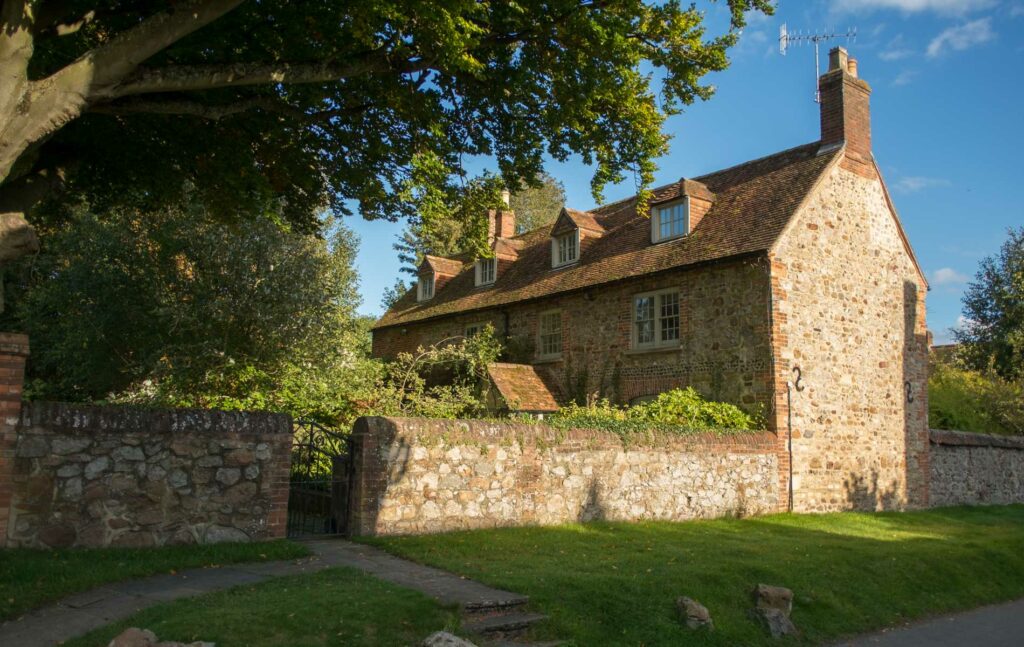
Newbury and its surrounding villages, including Highclere, Burghclere, and Bucklebury, provide an attractive mix of countryside charm and modern convenience.
The area benefits from beautiful landscapes, earning its place among the best places to live in Berkshire. There are a wealth of outdoor activities to be enjoyed, including walking in the North Wessex Downs.
Newbury itself has a strong selection of schools, including St Bartholomew’s School. For independent education, Horris Hill and Downe House are well-regarded choices.
The town’s railway station offers direct services to London Paddington in just over an hour and the M4 motorway further enhances connectivity.
The presence of Newbury Racecourse, a thriving retail scene, and a range of high-quality restaurants ensures that Newbury and its surrounding villages offer a well-rounded lifestyle.
Maidenhead
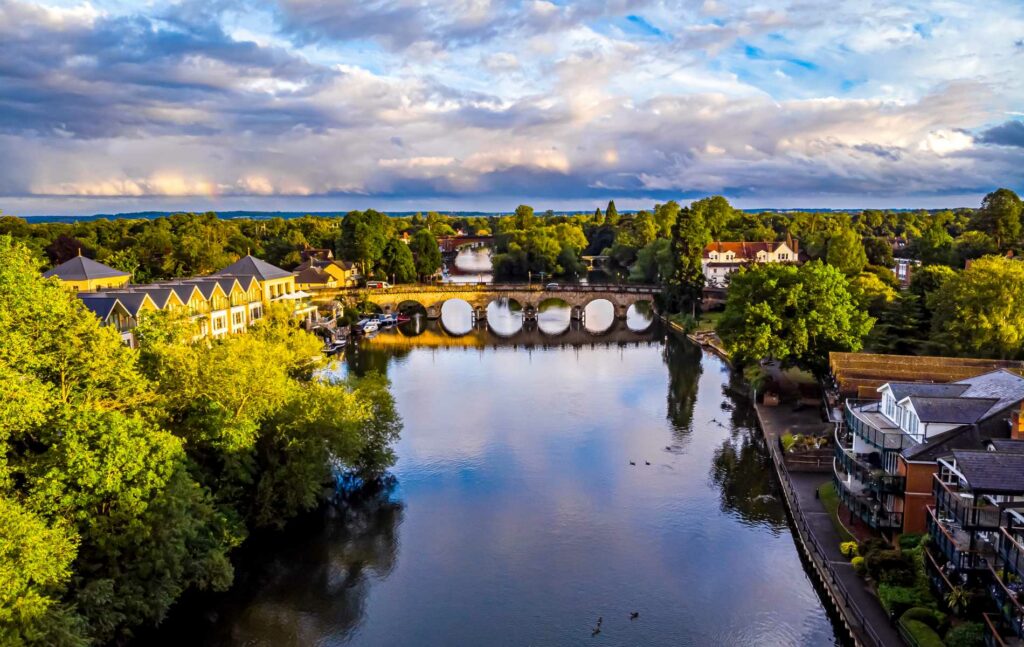
Maidenhead is an attractive riverside town in the Thames Valley, offering excellent amenities and strong transport links. The town has a range of highly regarded schools, including Newlands Girls’ School, while the renowned Wellington College is located around 30 minutes away.
The town is positioned along the M4 motorway. Rail services to London Paddington take on average just over 30 minutes.
Maidenhead is a popular choice for professionals and families alike, with a thriving local economy, excellent leisure facilities, and access to scenic riverside walks. These factors combined with the short journey time to London make it one of the best places to live in Berkshire.
Spencers Wood and Three Mile Cross
Spencers Wood and Three Mile Cross are neighbouring villages located south of Reading, offering a semi-rural lifestyle with excellent access to the city.
Over recent years, the area has undergone significant investment from housebuilders, providing new opportunities for families to move to the area.
There are strong schooling options, including Lambs Lane Primary School. Independent schools such as Leighton Park and The Abbey School in Reading are also within easy reach.
The M4 motorway is just minutes away. Residents also benefit from proximity to Green Park Business Park and the Green Park railway station.
Hidden Gems
There are many smaller towns and villages that our expert property finders would recommend considering in your home search. Two such examples are:
Bray
A picturesque village located on the outskirts of Maidenhead, Bray is renowned for its fine dining scene, boasting two Michelin-starred restaurants: The Fat Duck and The Waterside Inn. This reputation for culinary excellence, coupled with the village’s charming riverside setting, makes Bray a highly sought-after location.
Pangbourne
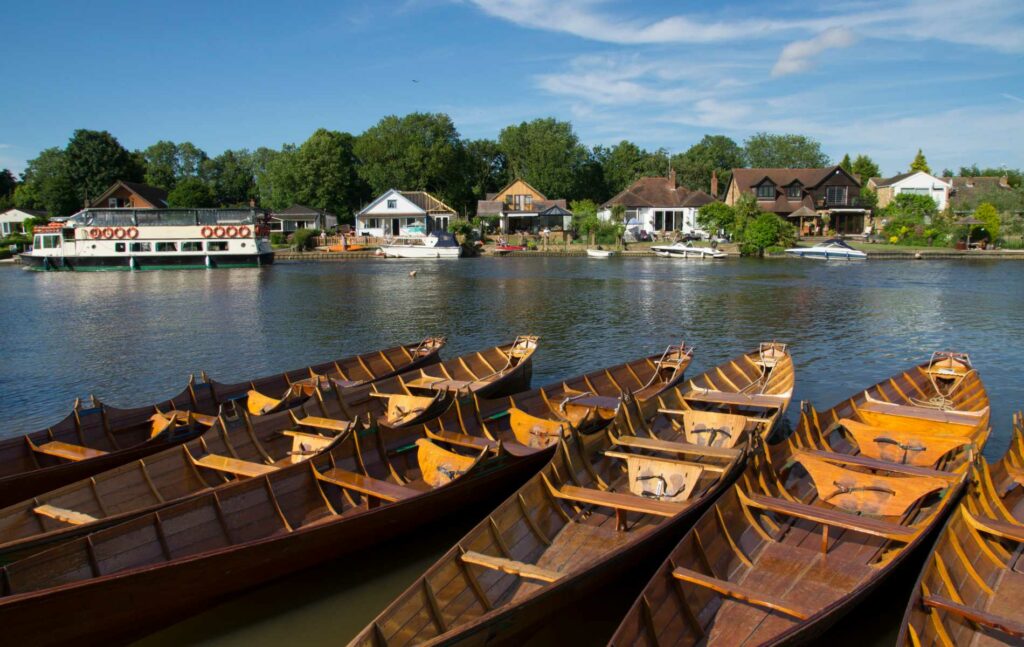
Pangbourne is a lovely riverside village located on the River Thames. It is surrounded by beautiful scenery and has a strong community feel with independent shops, charming pubs, and access to outdoor activities such as boating and walking in the Chilterns. Pangbourne railway station offers direct services to London Paddington in around an hour.
Best places to live in Berkshire
Berkshire is home to a diverse range of locations, each offering distinct lifestyle benefits. Whether you are seeking a vibrant town with strong transport connections, a scenic riverside village, or a historic setting, the county has plenty to offer.
As property finders, we assist clients in making informed decisions about where to live based on their individual needs.
If you are considering a move to Berkshire and would like expert guidance, please contact Garrington for tailored property search assistance and to find out more about the best places to live in Berkshire.

